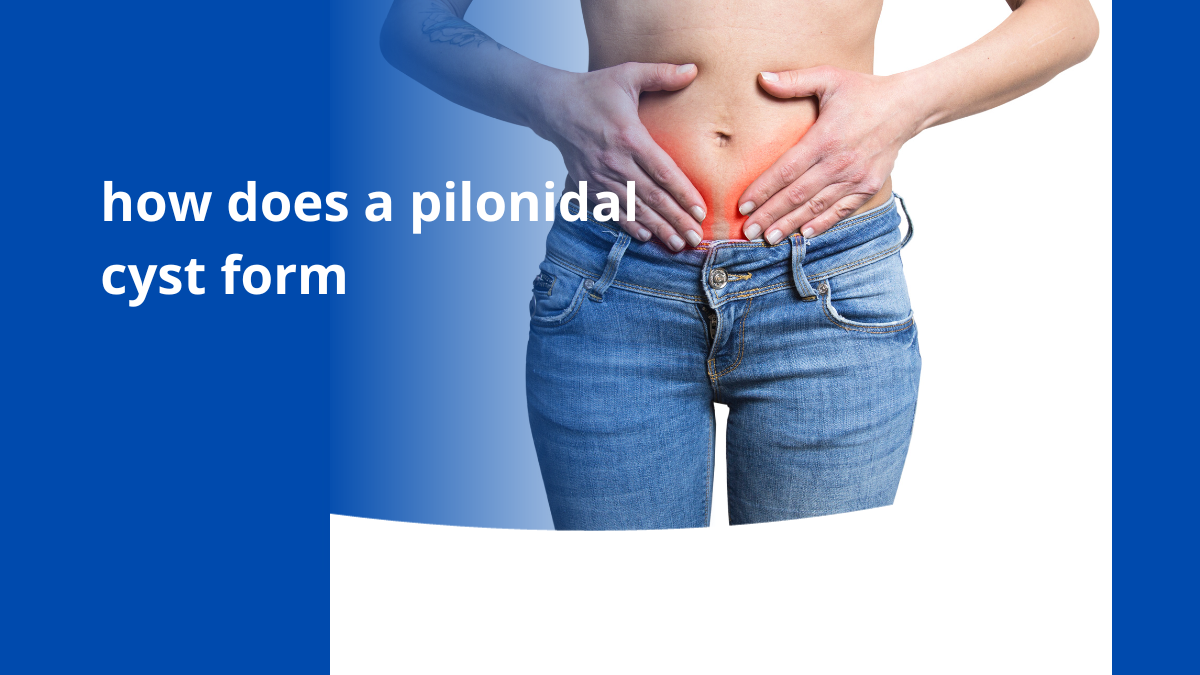Tips to Manage Postpartum Bleeding for New Mothers

The postpartum phase, often referred to as the “fourth trimester,” is a critical period in a new mother’s life. It’s a time of joy, adjustment, and physical recovery following childbirth.
One common aspect of this phase is postpartum bleeding, which can be a source of concern for many new mothers.
Let’s explore why postpartum bleeding occurs, the different types of postpartum bleeding, what’s considered normal, and provide valuable tips and tricks for managing postpartum bleeding effectively.
Understanding Postpartum Bleeding
Postpartum bleeding, also known as lochia, is a normal part of the period. It is the body’s way of shedding the uterine lining, which was necessary to support the pregnancy.
After childbirth, the body goes through a process of involution, which involves the uterus shrinking back to its pre-pregnancy size.
This process triggers the release of blood and other fluids from the uterine lining, and this discharge is what is known as postpartum bleeding.
You can consult the best gynecologist in Karachi if you feel something’s not normal after childbirth.
What are the Types of Postpartum Bleeding?
There are generally three stages of postpartum bleeding:
- Lochia Rubra: This is the initial stage of bleeding, typically lasting for the first 2-3 days after childbirth. Lochia rubra is bright red and contains a mixture of blood, mucus, and uterine tissue.
- Lochia Serosa: After the lochia rubra phase, many women progress to the lochia serosa stage, which can last up to 10 days. The discharge transitions to a pink or brownish color as it becomes less bloody and contains more serous fluid.
- Lochia Alba: This is the final stage of bleeding and can continue for several weeks. Lochia alba appears whitish or yellowish and consists mostly of mucus, white blood cells, and other debris from the healing process.
What’s Normal and What Isn’t?
New mothers need to understand what is normal when it comes to postpartum bleeding, as well as what might signal a potential issue.
Here are some guidelines to help distinguish between normal and abnormal postpartum bleeding:
Normal Postpartum Bleeding
- Lochia should gradually decrease in flow over time.
- The color should progress from bright red to pink or brown and eventually whitish or yellowish.
- It’s normal to experience occasional small clots, but if you pass large clots (larger than a golf ball), consult your healthcare provider.
- Normal bleeding should not have a foul odor. The foul-smelling discharge could indicate infection.
Abnormal Postpartum Bleeding
- Excessive bleeding that saturates a pad within an hour or less may indicate postpartum hemorrhage. Seek immediate medical attention if this occurs.
- If bleeding suddenly increases after it has been decreasing, contact your healthcare provider.
- If you experience a persistent foul odor or signs of infection such as fever, chills, or abdominal pain, consult your healthcare provider.
Tips and Tricks to Manage Postpartum Bleeding
Here are some of the tips to manage postpartum bleeding effectively:
Use the Right Products
Select high-absorbency pads specifically designed for postpartum use. Avoid tampons during this time to reduce the risk of infection.
Frequent Changes
Change your pad every 2-4 hours or as needed to maintain cleanliness and comfort. Keeping the perineal area clean is essential for preventing infection.
Stay Hydrated
Drinking plenty of water helps maintain overall health and can aid in the healing process. It also helps prevent constipation, which can exacerbate postpartum discomfort.
Rest
Adequate rest is crucial for postpartum recovery. Avoid strenuous activities and prioritize getting enough sleep to help your body heal and reduce the risk of increased bleeding.
Healthy Diet
Eating a well-balanced diet rich in iron and essential nutrients can support your body’s healing process and replenish lost blood.
Pain Management
If you experience discomfort or cramping, consult your healthcare provider about safe pain relief options, which may include over-the-counter pain relievers or prescription medication.
Pelvic Floor Exercises
Gentle pelvic floor exercises, such as Kegels, can help tone your pelvic muscles and promote healing.
Steer clear of heavy lifting during the period to prevent strain on your pelvic floor muscles.
Supportive Underwear
Invest in comfortable, supportive underwear to provide added comfort and reduce irritation.
Breastfeeding
If you’re breastfeeding, know that it can help your uterus contract more efficiently, reducing bleeding. Additionally, breastfeeding provides numerous health benefits for both you and your baby.
Listen to Your Body
Pay attention to how you feel, and don’t hesitate to reach out to your healthcare provider if you’re concerned about the amount or nature of your bleeding.
Final Thoughts!
Postpartum bleeding is a natural part of the period, but understanding what’s normal and what might indicate a problem is essential for new mothers.
Remember that every woman’s postpartum experience is unique, so consult your healthcare provider if you have any concerns or questions about your recovery.



